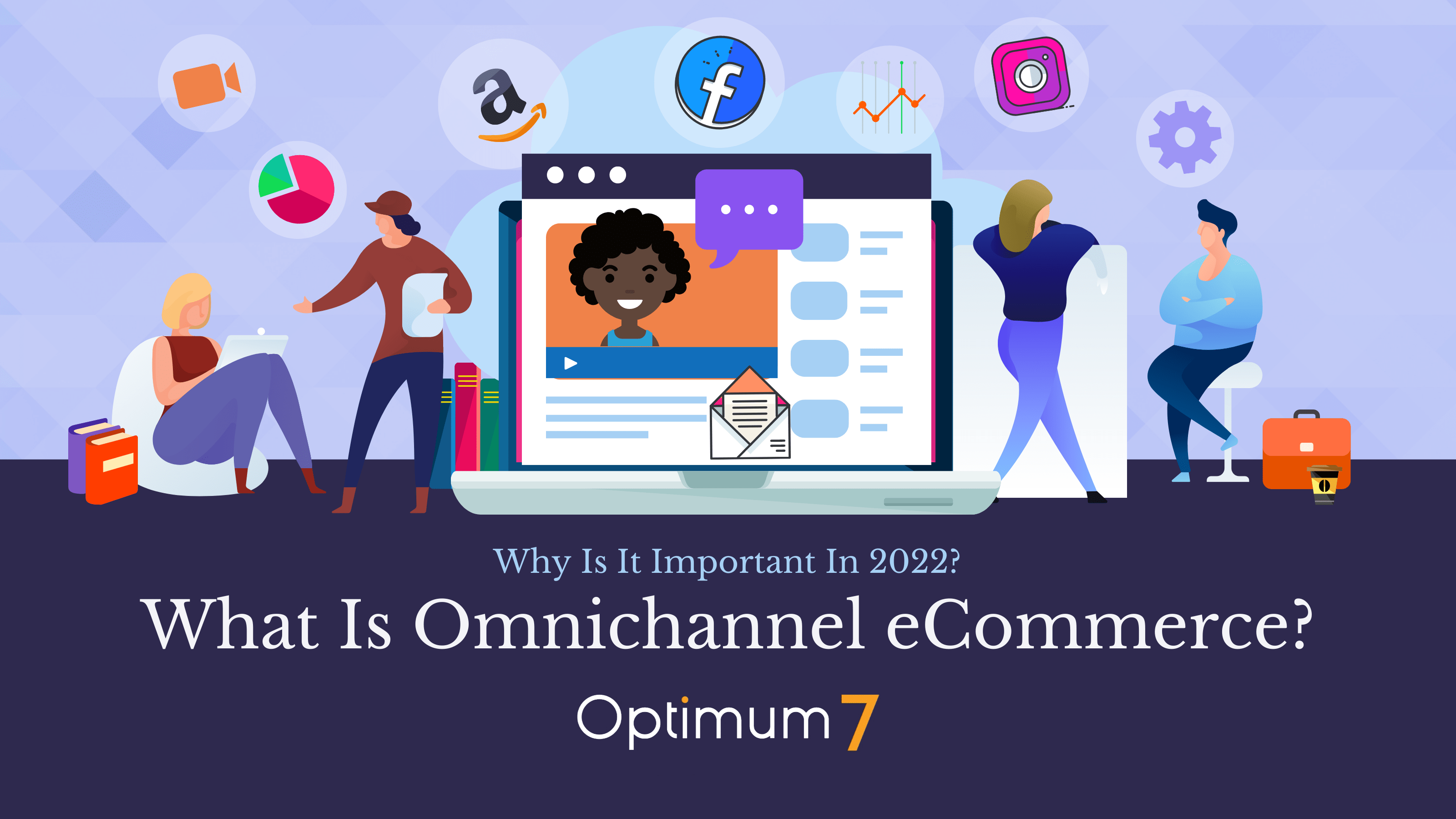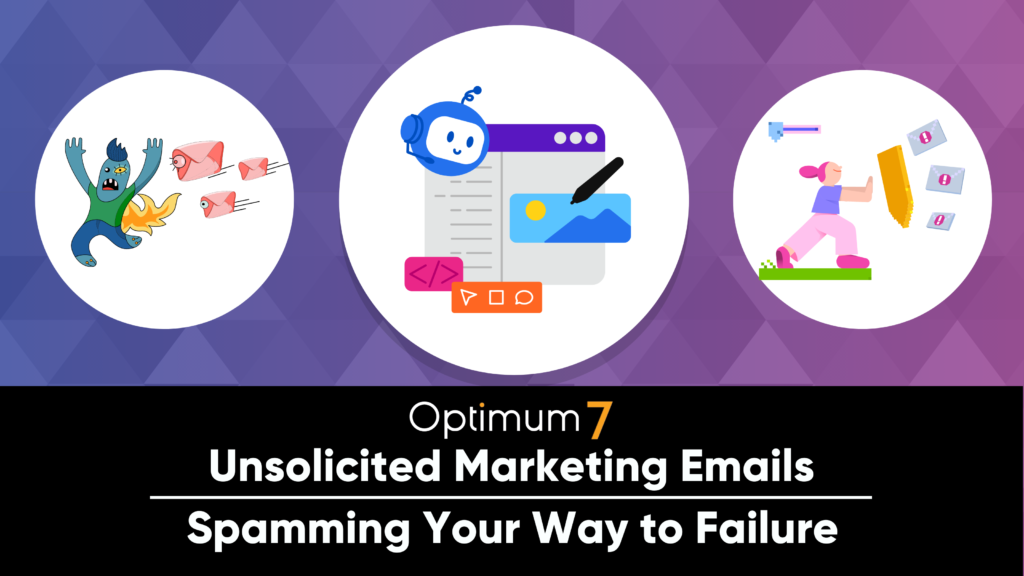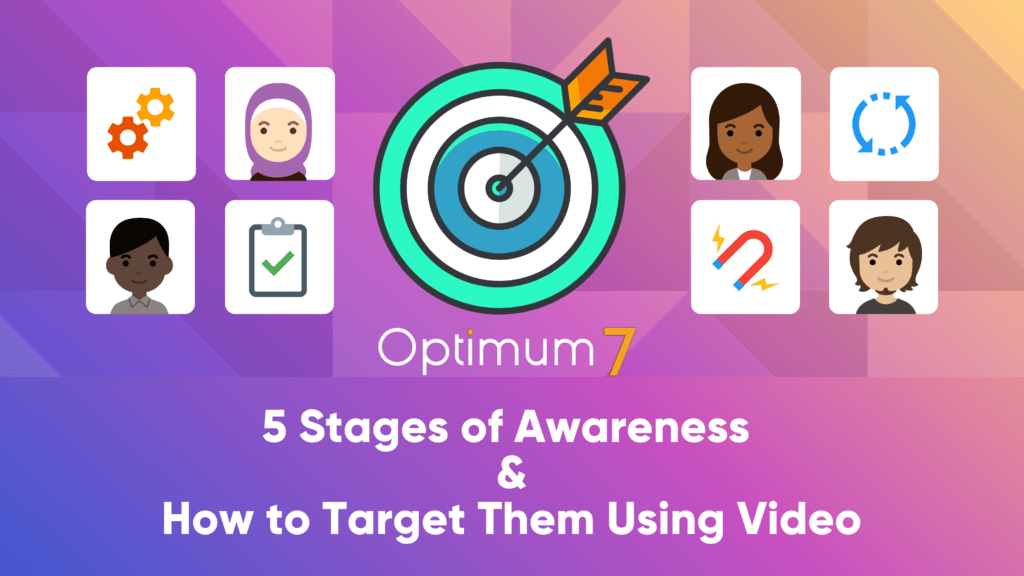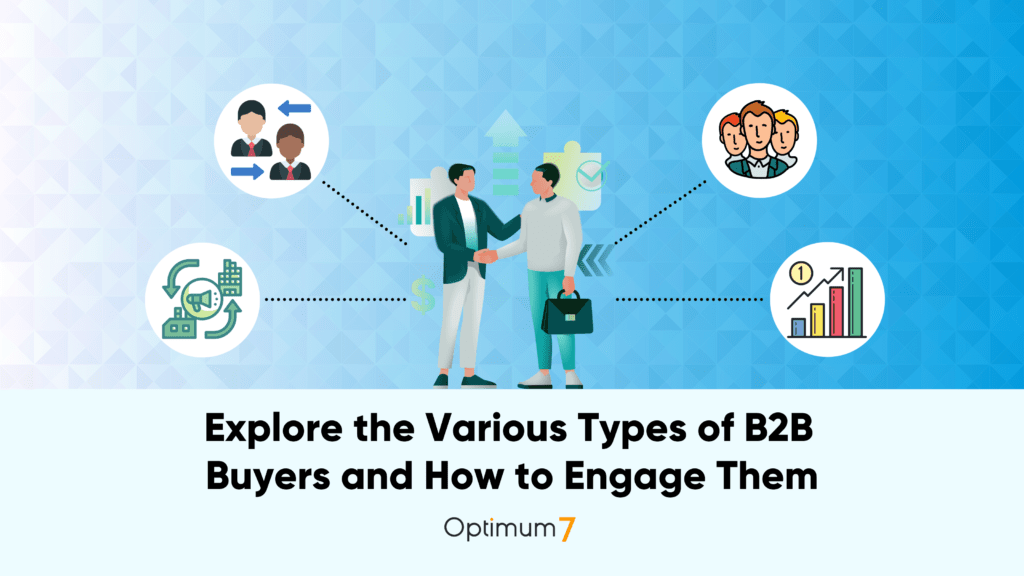Consumers have a lot of alternatives for where, when, and how to shop these days, from mobile phones and social media to brick-and-mortar stores and direct-to-customer (D2C) websites. Depending on whether a firm uses a multichannel or omnichannel eCommerce approach, the customer engagement journey may vary between events.
The two strategies may appear similar, but they have significant variations in terms of how they impact the client experience. We’ll go through all three of these aspects in detail.
What is Omnichannel eCommerce?
Omnichannel eCommerce is an online sales method that utilizes multiple channels to provide customers with a consistent experience regardless of where they purchase from, such as online stores or social media channels.
According to a study by the Harvard Business Review, more than two-thirds of all consumers use several channels during their purchase journey.
 The Power of Omnichannel
The Power of Omnichannel
For example, after arriving on your website from Instagram, a client signs up for email discounts. At this time, they might see a sponsored ad for the same product they browsed earlier but did not buy on social media.
They still do not purchase your product now. However, later, while looking for an item on Google, they search for firms like yours.
Instead of serving them the same product ad days later, you show them a pre-roll ad about your brand’s narrative when they’re watching YouTube videos.
They learn about your business with the help of different kinds of ads on different platforms.
Consumers are typically determined to buy a product because it aligns with their own wishes and benefits.
As this example demonstrates, an omnichannel strategy allows you to offer a more relevant, contextual experience. This leads to increased conversions and customer loyalty due to a higher degree of personalization.
Bigcommerce Supports Omnichannel Marketing so Much That They Acquired Feedonomics
In July 2021, BigCommerce paid approximately $145 million for the data aggregation SaaS firm Feedonomics in an asset purchase deal.
Like GoDataFeed, Feedonomics consolidates information about your products, allows you to manage sellers’ ad data, and optimizes the product data to be shared with all of your selling platforms.
It’s highly likely that BigCommerce completed this deal in order to boost its omnichannel approach. Traditional eCommerce platforms don’t typically provide much assistance in linking items across several channels. This appears to be the service that BigCommerce is attempting to market. You can read more about this acquisition from our BigCommerce’s Acquisition of Feedonomics article.
What are the Advantages of Omnichannel eCommerce?
You must first figure out where a customer is in their journey and how they’ve already interacted with your company on different platforms. Then, you can consolidate all of this data to unify their experience across all touchpoints, resulting in more efficient conversions.
Customers use an average of six touchpoints during their shopping journey, which suggests they gather data from a variety of sources to determine whether or not they should buy your product.
They may discover your business on Social Media, but they will double-check Google Shopping for price and availability. When they’re finally ready, they may want to purchase the product from your physical store because they need to touch, feel, and see it before making a purchase.
This is precisely what omnichannel eCommerce is intended to do.
All of these interactions are linked together with omnichannel eCommerce, and a consumer will be treated as a whole regardless of where they engage with your company. No matter where they are in their journey, they will have a seamless experience until the last step.
Consumers who engage with your business across a variety of platforms are more likely to become repeat customers. According to data from Harvard University, omnichannel consumers who spent additional money with a company were more inclined to recommend it to their friends and relatives.
What Are the Disadvantages of Omnichannel eCommerce?
Why aren’t more businesses adopting omnichannel? If it offers numerous advantages to both corporations and customers, why isn’t it utilized by more businesses?
In truth, it can be difficult to achieve and sustain without the correct platform partner. To get a complete picture of all customer interactions, companies that enter the omnichannel realm must build their technology architecture to integrate all of their consumer insight.
Back when the customer journey was more linear, brands had much simpler ways of customizing their encounter and carefully guiding the customer down the funnel.
That isn’t the case today, however.
Today, it’s more complicated to identify customers across devices and channels to build unified client profiles; apply analytics to determine what consumers want; and deploy this information contextually, and in near real-time.
Today’s omnichannel eCommerce challenges demand that businesses be more skilled at customer segmentation and context awareness. In this way, they can be empowered to provide customized, immersive content that speaks to customers as individuals.
Personalization in Omnichannel eCommerce
In addition to their high-quality items, customers demand fast delivery and information about themselves. In fact, they have come to expect a personalized experience at every channel and touchpoint.
74 percent of internet consumers are annoyed by websites when content appears that has nothing to do with their interests — and dissatisfied customers don’t buy. Therefore, it’s become even more important to provide customized interactions to your clients.
They want to be able to locate products quickly, compare prices, and get personalized suggestions on your website.
Personalization has evolved from a luxury to a necessity for today’s enterprises.
Among the abundance of information being hurled at them, it’s personalized content that manages to pique people’s interests. While other information may hit them in the face and go unread, it speaks directly to them.
This is where Artificial Intelligence comes into play. An AI-powered eCommerce personalization tool allows you to ‘learn’ what your consumers want and enables customization on a large scale.
It allows customers to find what they need faster, and to be more pleased with the encounter. Meanwhile, it empowers businesses to achieve a better conversion rate. You can use AI to display particular features to your clients from the products they’re most likely to buy – or to hide the products in which they’ve shown little interest.
Sounds wonderful, but How Do You Create an Omnichannel Strategy?
Changing from a single-channel approach to one that includes multichannel, or even omnichannel, takes time, effort, and resources. However, the return of investment is incredibly high with this strategy, so you will start reaping its fruits in no time.
There are 5 steps to creating an omnichannel marketing strategy:
1. Gather information about your customers.
Invest some time into researching your target audience’s hobbies, behaviors, and needs. Inquire about their experiences, seek input from customers, and make use of social media and social listening tools.
Never jump to conclusions.
2 Select multiple marketing channels (and ensure you’re selecting the right ones).
Find out which platforms your customers use, what they follow, what they search for, and what triggers their engagement.
3. Choose a single goal for each channel.
For example, one channel should primarily be used for interaction, while the other is used for news updates, and so on.
4. Connect all channels for better reach.
This is the most difficult step, and it only works if you do it right (omnichannel only). You’ll need the appropriate technology to track your consumer across all touchpoints: from reading reviews on your website to seeing social advertising; and from window browsing at online marketplaces to finally making a purchase from your online shop.
5. To keep up the good work, it is important that you maintain your channels.
There’s no time for leaning back, so keep on testing and improving your strategy. Document these touchpoints well to serve your customers best. This way, you’ll create a loyal customer who keeps coming back for more.
What is the Difference Between Omnichannel and Multichannel?
First, let’s look at them one by one:
Single-channel commerce is selling your goods through one sales channel.
This could be your brick-and-mortar store, online store, or a marketplace like Amazon. This alone can work very well.
However, if you want to provide your clients with a more sophisticated experience across your business, consider adding other platforms from which you can sell your goods.
Multichannel commerce is selling your items to your consumers on a variety of platforms, both online and offline.
Social media, phone conversations, and visits to your physical store all factor into the customer experience. Your online presence is in good working order, and your consumers know where you can be found.
Multichannel marketing is an excellent approach for getting customers interested in your business.
Omnichannel commerce encompasses all channels, including multichannel commerce.
However, there can’t be an omnichannel without multichannel. The primary distinction is that omnichannel marketing links all channels together. This implies that your consumer will have a consistent experience across all platforms.
Omnichannel has more benefits than others; these are:
More Sales and Traffic
A study of 50,000 shoppers shows that customers who use multiple channels are likely to spend more money than single-channel consumers.
With every additional channel they used, omnichannel customers spent more money.
Better Customer Experience
According to UC Today, 9 out of 10 customers want an omnichannel experience with seamless service across channels.
As the number of touchpoints grows, so does the need for a smooth flow from one touchpoint to the next. This is true whether it’s a social ad, an email newsletter, a mobile push notification, or a conversion created with your chatbot.
The consumer is empowered to converse with a firm in a way that feels natural to them by tearing down the walls between the channels in a company.
More Loyal Customers
Customers who are acquired from omnichannel marketing are more loyal to your business and spend considerably more. This alone demonstrates that omnichannel marketing increases brand loyalty drastically.
Customers who had an omnichannel shopping experience were found to have made 23% more repeat visits to the retailer’s stores within six months, according to the same research.
You can stop using discount coupons, mid-sale promotions, and other conventional marketing methods if you have a compelling brand narrative. Concentrate on acquiring loyal customers and your brand will keep thriving.
Better Data Collection
With a more personalized experience, retail businesses that are able to monitor their customers across several channels can better serve their customers.
The omnichannel strategy enables companies to gain insights on how to develop content and offers that will encourage consumers to engage with them further — and not just online but also in physical stores.
Omnichannel Statistics
Walmart:
- 13x more customers on Walmart than on Amazon
- List your products in front of 120 million unique Walmart.com visitors each month
- Easily set up your accounts and manage orders directly from BigCommerce via feed partners, like Codisto & Feedonomics
- Essential goods company Vitabox was able to connect its entire product catalog of 8,500+ products to Walmart in as little as 2 days. Since becoming operational on Walmart Marketplace, Vitabox was able to increase sales an additional 25%, with Walmart quickly becoming the company’s second-largest sales channel.
- Despite being the second-largest marketplace, Walmart is selective in their merchant base. Because of this, there are 13x more visitors per merchant listing than on Amazon
TikTok:
- Unlock revenue through innovation.
- Create authentic connections with consumers.
- Maximize your return on ad spend (ROAS).
- Stay on the cutting edge of technology.
Mercado Libre:
- #1 Marketplace in LATAM
- Free to list your catalog
- Free content localization services
- Dedicated MELI staff for BC merchants
- Payment direct to existing US bank account
- DTC fulfillment from existing US warehouses
- Brand protection program & dashboard
- Ads program built in to grow
Instagram:
- 1 in 2 total eCommerce sales are expected to be mobile eCommerce sales by 2021
- 70% of shopping enthusiasts turn to Instagram for product discovery
- 87% of people say influencers have inspired them to make a purchase
Examples Of Businesses Who Have Had Success With Instagram Shopping:
- Natori: Increased Instagram traffic by 1,416%.
- Magnolia Boutique: 20% increase in Instagram revenue.
- Native Union: Instagram traffic was a 2,666% increase.
- Watches.com: Announcing feature via email.
- Marucci: Easy implementation.
Ready to Hop On to the OmniChannel eCommerce Marketing Train?
Customers want to feel as if you’ve gotten to know them in time. Whether it’s through a brick-and-mortar business, one of your online shops, or via a marketplace, omnichannel builds a bond between the customer and brand.
Keeping up with the ever-changing world of commerce isn’t easy.
Today, more and more businesses are seeing how valuable omnichannel marketing is. Shifting through single, multichannel, and omnichannel commerce marketing requires significant time and effort.
But it will all be worthwhile in the end.
At Optimum7, we understand and build Omnichannel infrastructure. Contact us today!




 The Power of Omnichannel
The Power of Omnichannel


